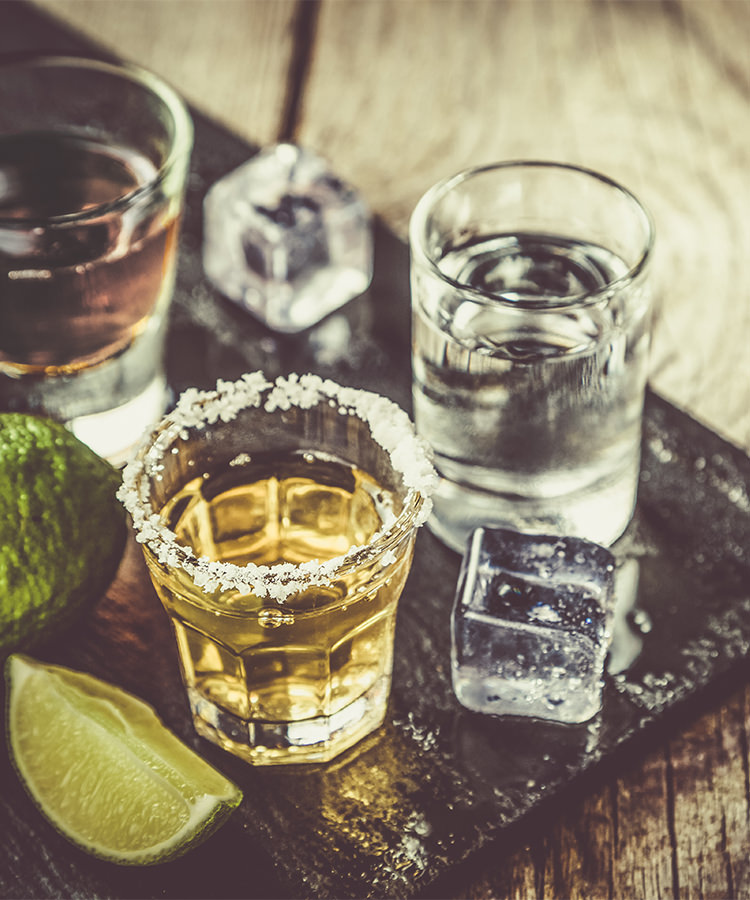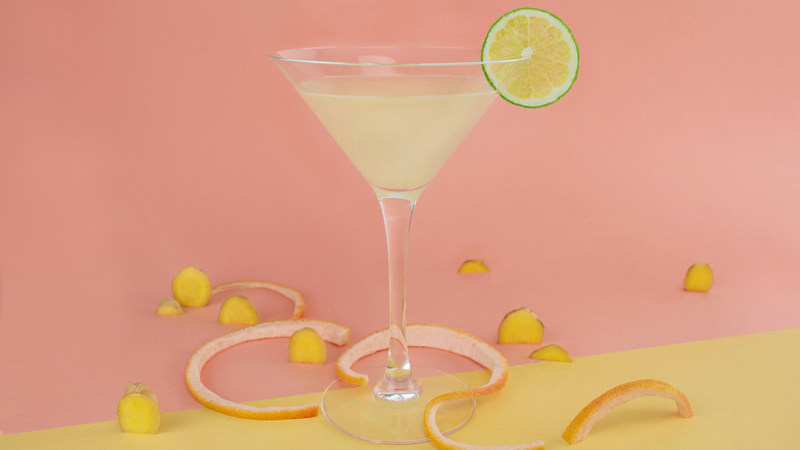Tequila is the most important part of a Margarita. Without tequila, it’s really not even a Margarita (looking at you Chili’s Vodkarita). So the main question is: Which type of tequila should you use?
TL;DR: Blanco tequila. It’s unaged, and a more pure expression of what the agave plant can do than both the more mellowed-out reposado (aged in oak between two months and two years) and anejo tequila (aged two years or more in oak). If you can only choose one tequila, you need something right away, and you don’t have time to experiment with different Margarita recipes, then you need to grab a blanco tequila.
“I prefer blanco tequila personally because the flavor is pure,” Diego Livera, the head bartender at Tavo in New York City, tells VinePair in an email. “When tequila is aged, the oak adds this beautiful sense of caramel and spice that makes it more elegant. When I drink a Margarita, I prefer the ones that have the purest flavors mostly because they complement the rest of the ingredients so well.”
In other words, bigger, bolder agave flavors belong with lime, orange liqueur, and a salt rim. Tequilas that have been cooled down from oak have subtlety, but it’s a subtlety that gets lost in the classic three-two-one margarita (three parts tequila, two parts lime juice, one part orange liqueur).
The simplicity, however, ends there if you’re a true Margarita fan. Because while the classic Margarita should always be made with blanco, innovative twists on the classic can use whatever matches the ingredients best.
“Even though it comes from the same agave plant (blue agave), most people are not aware that tequila is produced in five different states in Mexico and that they all taste different,” Livera says. “The climate and soil type are key factors when it comes to making tequila,” in addition to the age statement. Sometimes a little bit of age can do a cocktail well.
Take the Cadillac Margarita, for example. The Cadillac is perfect for someone who doesn’t like blanco tequilas. It’s made with reposado tequila, Grand Marnier, and lime juice. Some people enjoy the added complexity that reposado can add to a drink (if the drink is properly made to showcase the spirit).
There’s also the Coralina Margarita, Patron’s Margarita of the Year. The Coralina uses Patrón Reposado, something that the man behind the cocktail, Riesler Morales, says is crucial to the structure of the drink. The Coralina is also topped with red wine, though, so it’s far from your average Margarita.
Whatever you do, don’t use gold. Gold tequila is most often a tequila made with added colors and caramel for sweetness. Never use gold if you want a quality Margarita.
If you want to play it safe, pour blanco tequila into your Margarita, check out our suggestions for the best Margarita tequilas, and keep the reposado and anejo for sipping. If you’re putting yourselves in the hands of a Margarita master, though, let them take the wheel.

